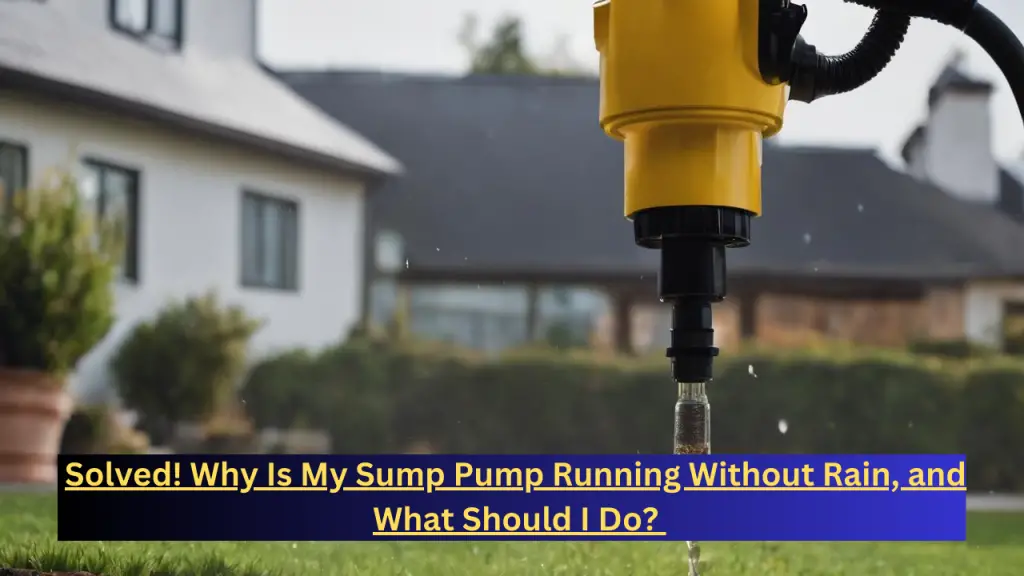A sump pump is an indispensable element of a dwelling’s drainage system and foundation. Its primary function is to remove from the foundation of your home any surface water or excess groundwater that accumulates in the sump trench. It is customary to expect the sump pump to come into operation exclusively during periods of substantial snowfall, spring snowmelt, or precipitation. Nevertheless, homeowners may occasionally observe that their sump pump is operating continuously, even in the absence of precipitation. Why is this event occurring? In the absence of precipitation, the activation of a sump pump may be caused by a variety of factors; determining the source is essential for the proper maintenance of your home’s drainage system. An in-depth examination of the drainage system and prevalent concerns that could be instigating enigmatic sump pump operation will ensue.
How does a sump pump function exactly?

Before examining the reasons why a sump pump may continue to function in the absence of precipitation, it is prudent to define a sump basin and analyse the drainage system as a whole. Typically, a sump pit consists of a shallow depression or hole dug beneath the cellar floor, occasionally encased in an underground cylindrical structure or concrete pit. It serves as the primary reservoir for any groundwater or ambient water that may infiltrate or accumulate in the area surrounding the foundation of your dwelling.
In the course of construction, a system of foundation drains, weeping tiles, or perimeter drains is typically installed around or beneath the basement walls and footings. These are comprised of a network of perforated pipes designed to divert precipitation away from the foundation. By progressively sloping towards the sump pit, the pipes effectively direct any accumulated water away from the structure. Furthermore, it is customary for the cellar floor to be inclined in order to guide any excess water towards the sump pit.
Immediately upon water accumulation commences in the trench, a submersible automatic sump pump is triggered to extract the water. Float switches, which are typically situated within the trench, are responsible for activating sump pumps. Their purpose is to identify a particular threshold at which water levels commence to increase. Once triggered, the pump turns on and lifts the water up through a discharge pipe, routing it several feet away from the exterior foundation. The pump ceases operation when the water level decreases, awaiting the subsequent cycle. This continuous removal process helps keep the basement and surrounding soil dry.
With this process in mind, let’s explore the potential reasons your sump pump may be running without rain or excess moisture in the immediate area:
Groundwater Accumulation

An important factor is essentially increased seasonal groundwater levels. Your residence is situated above the water table, which is the point at which water from below permeated the soil and rocks. Due to weather patterns, adjacent bodies of water, irrigation, and other environmental factors, the water table depth may fluctuate.
As water percolates through the soil profile, precipitation has a propensity to elevate groundwater levels in the vicinity during the spring and autumn seasons. This occurs due to the gradual infiltration of precipitation and evaporated snow, which saturates the soil strata. Underground drainage may be forcing groundwater into your area through regional precipitation patterns, even if there has been no precipitation in your area for some time.
Additionally, some soil types are more prone to higher water tables, like clay soils. The gradual saturation of compact clay by water may result in the water table in the vicinity approaching the elevation of your foundation. Seasonal increases in groundwater levels frequently activate bilge pumps. The longitudinal monitoring of water table data may unveil patterns that correspond to the operation of pumps.
Nearby Irrigation or Drainage Issues
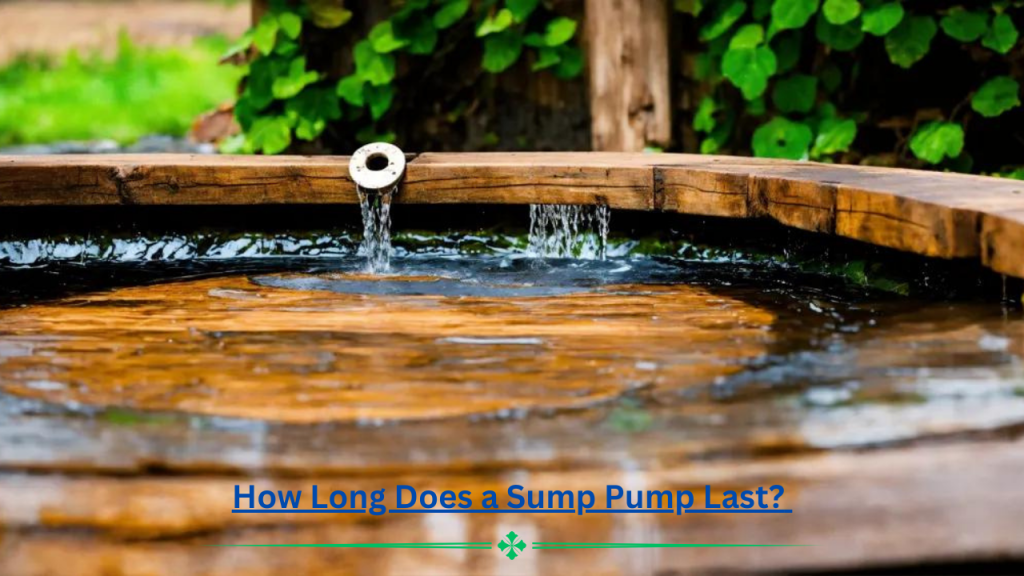
Often, excess water issues aren’t isolated to just your property. Neighboring land uses like over-irrigated lawns, leaky outdoor faucets, pool drains, flooding basements and other water sources can all add excess moisture to surrounding soil over time. This water then migrates horizontally through permeable soil layers, slowly pushing groundwater levels higher across a broader area.
For example, a broken sprinkler head pumping non-stop on a nearby lawn could be flooding your shared property lines over weeks. Alternatively, ineffective perimeter sewers from a neighboring residence might be overflowing and infiltrating your soil zone rather than effectively removing water. Identifying and addressing drainage problems on adjacent lots can stop excess irrigation water from driving up water tables near your foundation.
Downspout or Surface Drainage Defects
Foundations are essentially barriers that dam up groundwater movement. If your home’s surface or perimeter drainage systems aren’t working properly, it can redirect water towards the foundation instead of safely away. The following are some potential issues to be mindful of:
Downspouts discharging too close to the home rather than several feet away, which sends roof runoff straight into the soil.
-Clogged or damaged perimeter drains that are supposed to intercept and redirect subsurface water but instead overload the sump pit.
-Low spots in backfilled soil or grading around the perimeter where water can pool near the walls.
-Failed membrane damproofing or foundation coatings that allow more water to penetrate.
-Surface drainage defects like pooling on walkways or driveways that then seeps downward over time.
-Blocked or crushed underground perforated pipes halting proper drainage flow.
Any of these surface or subsurface drainage breakdowns can inadvertently re-route excess moisture towards your home’s foundation, necessitating more frequent pumping. Such drainage issues may halt the operation of an atypical sump pump, even during arid periods.
Foundation Cracks or Leaks
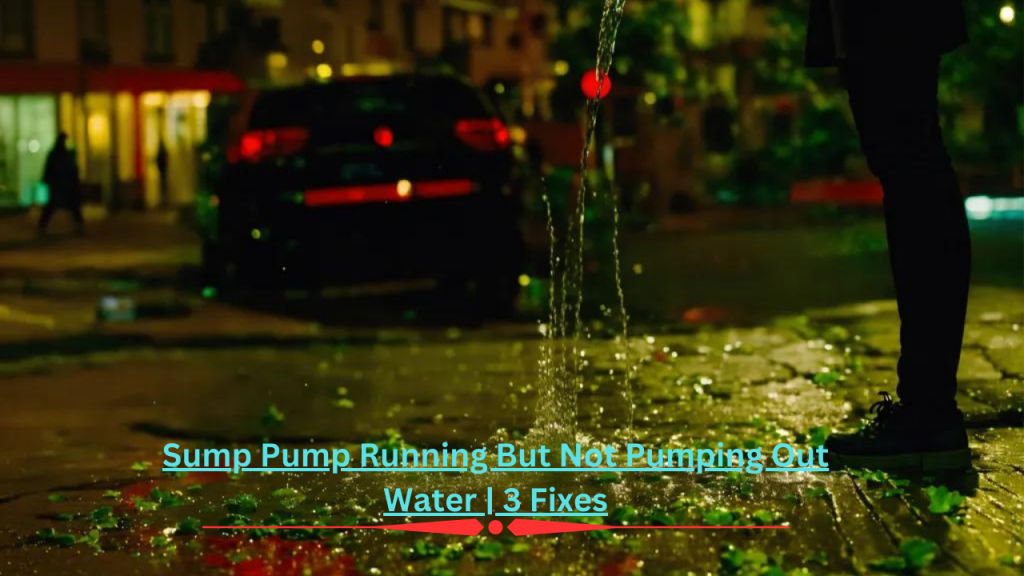
Foundations are not always perfectly sealed, and cracks or gaps can develop over time due to settling, frost heaving or other structural movement. These openings allow more groundwater to seep inside and accumulate faster than the drainage system can handle. While regular foundation maintenance and effective membrane waterproofing can help prevent fissures, older homes are more susceptible to developing leaks that increase water entry rates. Professional foundation repair may be needed to plug suspect seepage areas overloading your sump pit.
Improperly Sealed Utility Penetrations
Your home’s plumbing, electrical, gas or other utility lines enter through penetrations in the foundation. Over the years, the sealants around these pipes can deteriorate or crack, potentially opening pathways for groundwater infiltration. Any locations where cast iron pipes, concrete encasements or sealing materials are damaged need re-sealing to stop unintended water entry that strains pump capacity. Proper sealing also shelters interior spaces from exposed elements.
Sump Pump or Check Valve Malfunction
Worn or failing sump pump switches, motors or impellers can cause units to run excessively as they struggle to fully remove water in each cycle. Pumps may be short-cycling repeatedly if switches are overly sensitive. Additionally, leaky check valves that allow siphoning backwards through discharge pipes mean collected water isn’t fully expelled and levels remain high enough to re-trigger pumping over and over. Replacing failing pump components restores their designed performance.
In addition, it may be imperative to upgrade an older pump to a model with a greater volume if water ingress rates into the sump pit have escalated significantly over time as a result of the aforementioned drainage or foundation complications. Upgrading guarantees adequate capacity in response to the modified circumstances. Peak pumping periods and precipitation may not precisely coincide if entry sources are challenging to identify.
Changes to Grading or Nearby Landscapes
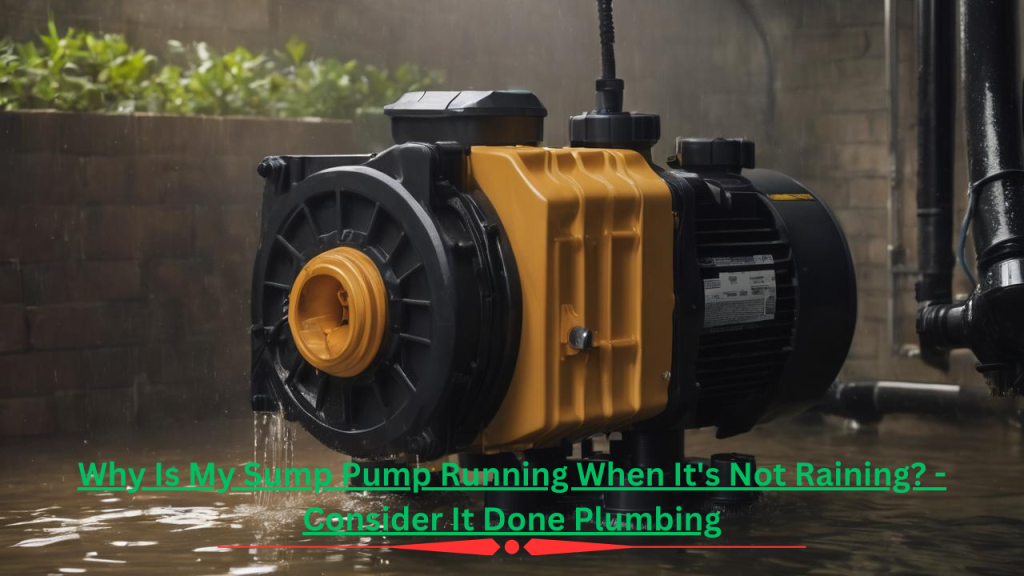
Any alterations to the landscape, drainage patterns or grading near your foundation since your home was built could unintentionally overload the existing drainage system. Major examples include:
Installation of large patios, decks or additions.
Construction of retaining walls that change slope or drainage routes.
Adding a pool, hot tub or significant impervious coverage nearby.
Variable permeability soil compaction, lot clearance, or the introduction of new vegetation/plants.
Changes in slopes from soil erosion or settling issues.
Disruptions that bring more surface water towards the home rather than away need addressing with re-grading, french drains or other specialized drainage upgrades. Correcting improper surface drainage protects your investment.
Your Attractive Heading is Inflow and Infiltration into Sanitary Sewer Lines
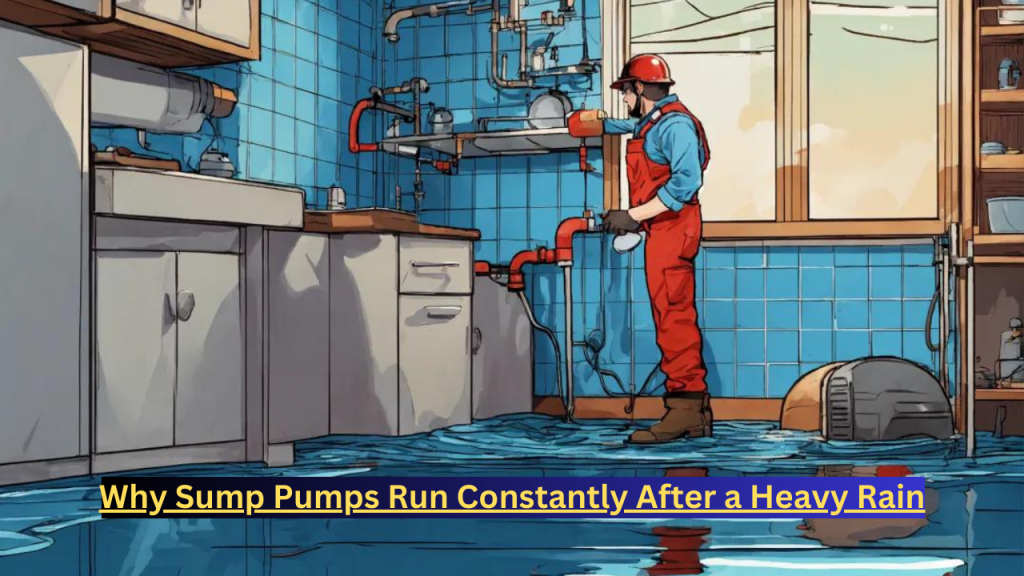
In older cities and towns with combined sewer systems, heavy rain events or snowmelt may cause wastewater to back up into nearby sump pits through cracks or joins. This occurs when excess stormwater overloads the sewer capacity and causes inflow and infiltration (I&I) issues. Private lateral or mainline defects allow surrounding groundwater or surface runoff to enter sanitary lines rather than remain separated.
Recurring I&I incidents may inadvertently increase the frequency of sump pump operation until cracked or broken public infrastructure is repaired, whereas sewer backups themselves are an indication of a more severe issue requiring professional repair work. Additionally, rehabilitation projects alleviate pressure on private property drainage and structures by minimizing the infiltration of pure water into sanitary systems.
Improperly Installed or Missing Footing Drains
Sometimes footing or perimeter drains meant to intercept groundwater were either never installed properly during construction or weren’t deep or extensive enough based on local soil and water table conditions. This leaves the basement walls and footings more exposed than intended by the original design. Without a sufficient underground drainage barrier and collection system, higher water tables may allow excessive seepage that exceeds a standard sump pit’s capacity.
Retrofitting deep, perimeter drainage with proper slopes and daylighting may be necessary as a remediation solution. Coordinating with professionals experienced in foundation waterproofing ensures a revised system properly solves drainage deficiencies rather than causing other
For more detailed and informational blogs visit
